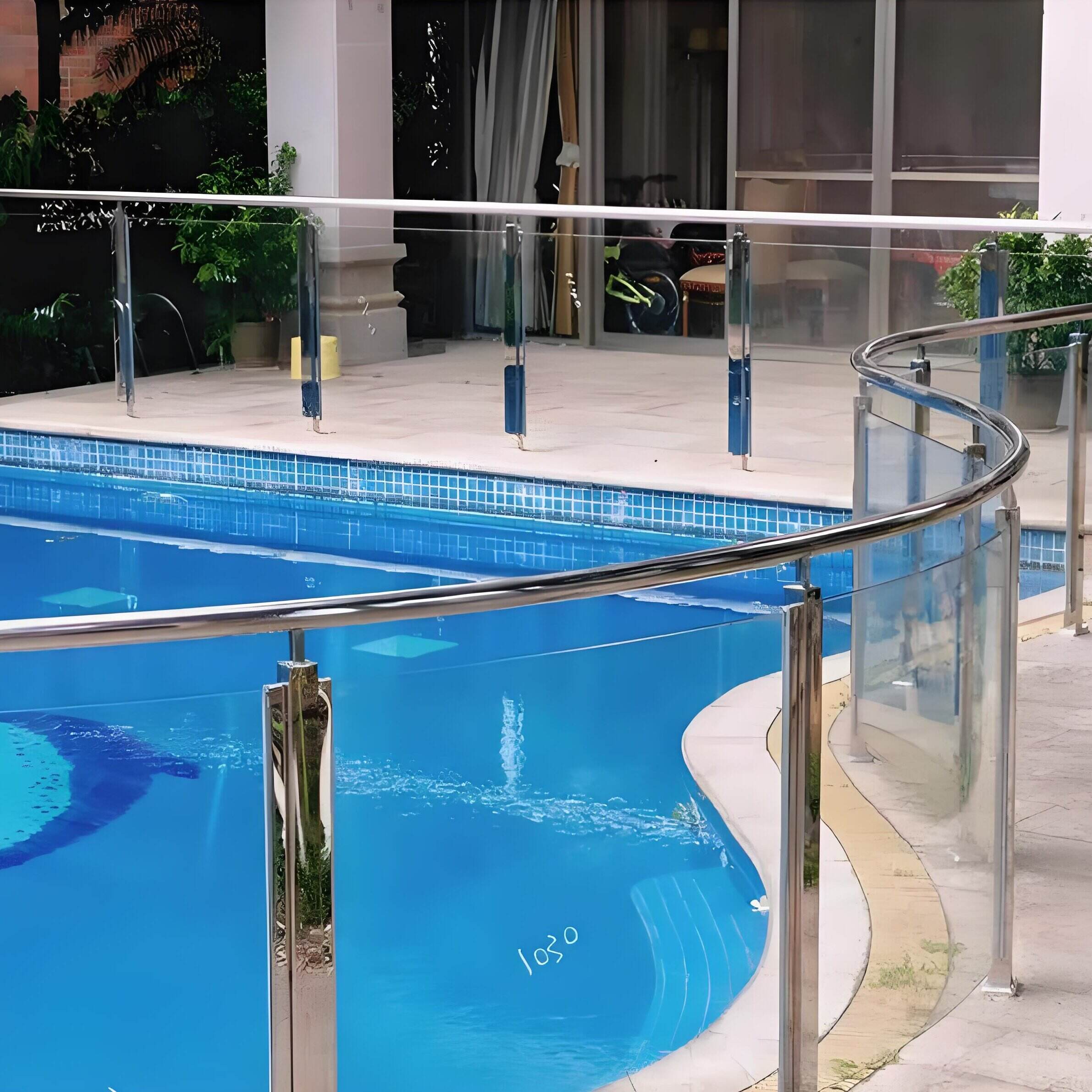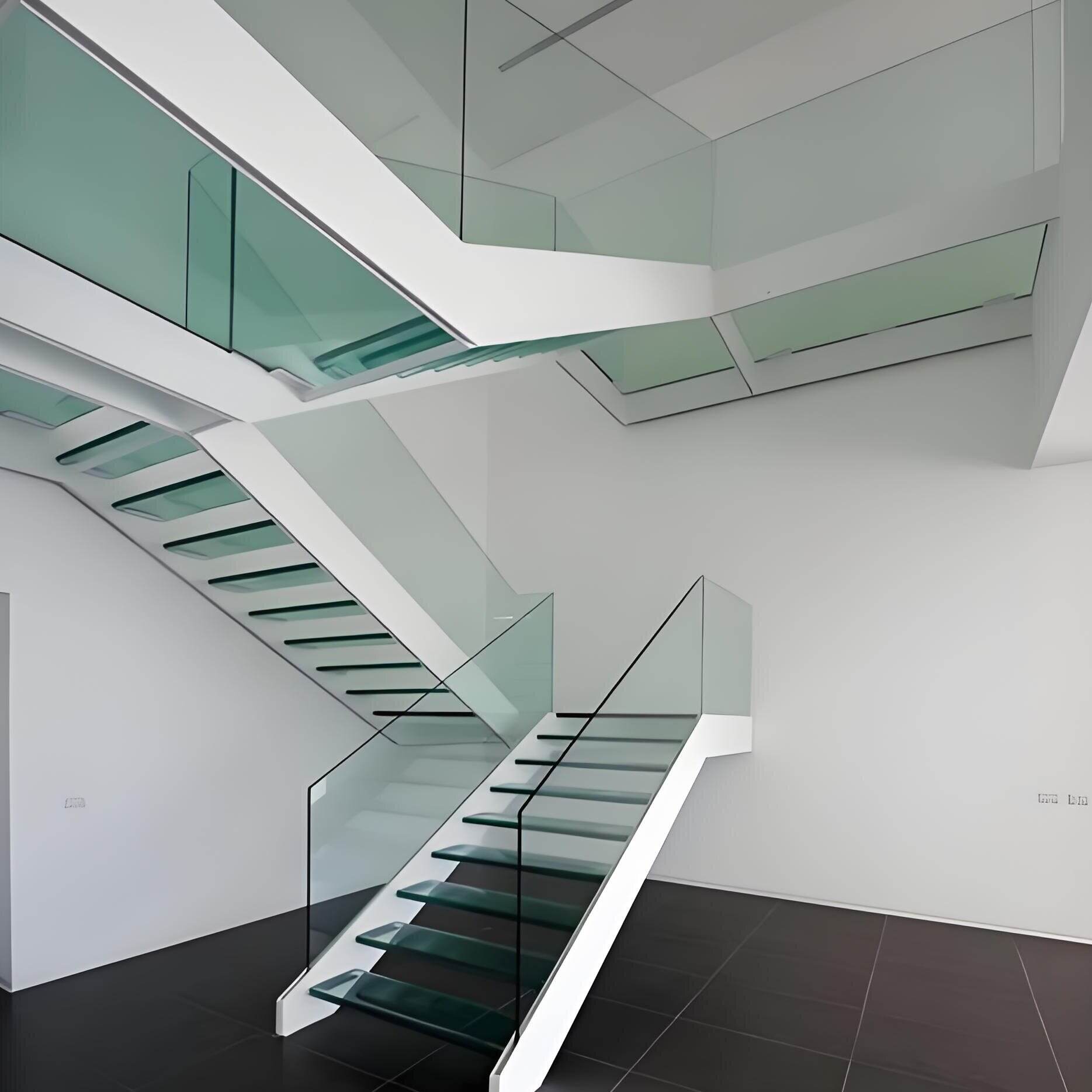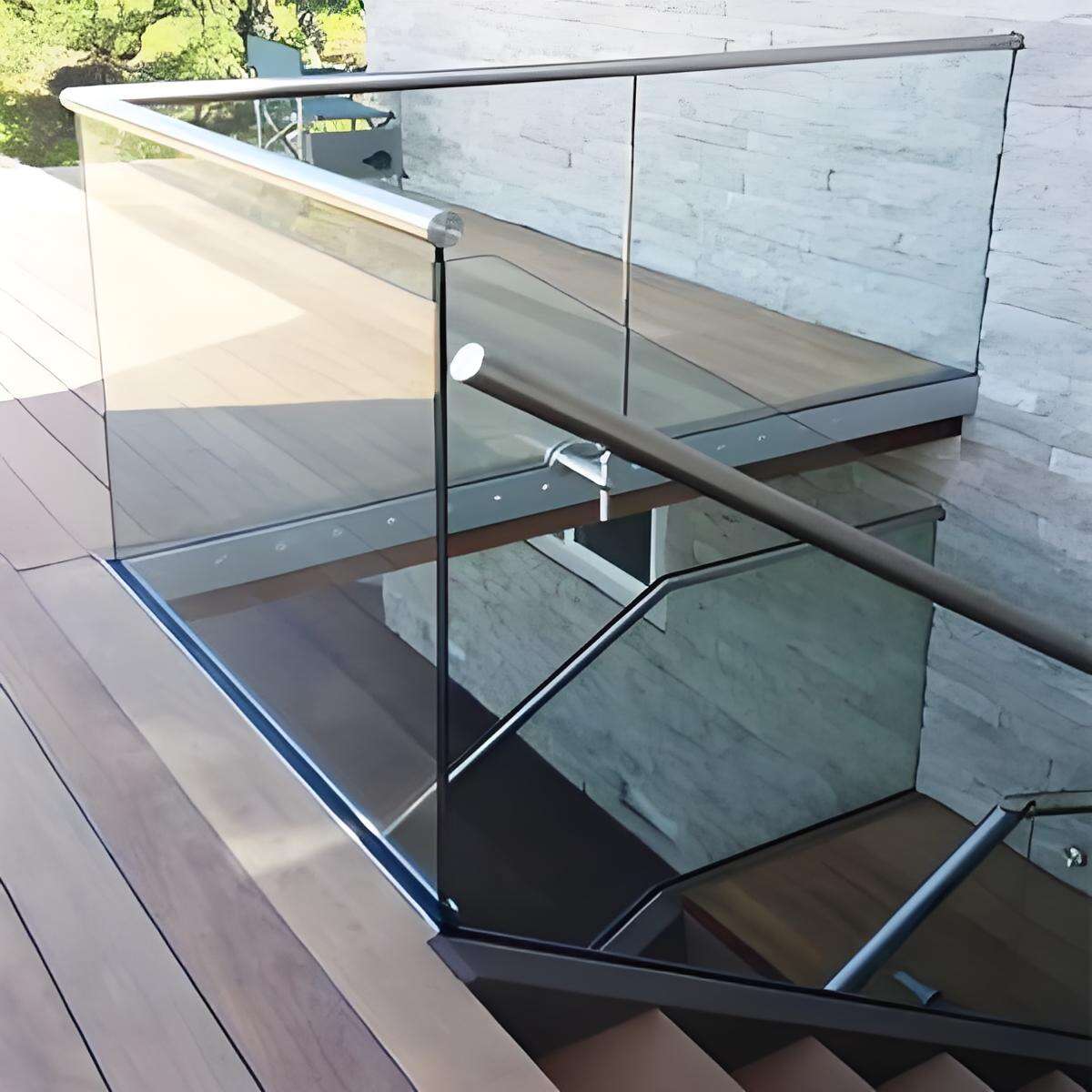commercial glass railing
Commercial glass railing systems represent a modern architectural solution that combines safety, aesthetics, and durability in commercial spaces. These sophisticated installations feature tempered or laminated safety glass panels, secured by robust aluminum or stainless steel frameworks, designed to meet strict building codes and safety standards. The system typically consists of base shoes or standoff brackets, glass panels ranging from 10mm to 19mm in thickness, and precision-engineered handrails that provide both support and style. These railings offer unobstructed views while maintaining structural integrity, making them ideal for various commercial applications including office buildings, shopping centers, hotels, and educational facilities. The glass panels undergo rigorous tempering processes to increase their strength and safety characteristics, ensuring they break into small, rounded pieces if damaged rather than sharp shards. Modern commercial glass railings often incorporate innovative features such as LED lighting integration, self-cleaning coatings, and smart glass technology that can adjust transparency levels. These systems can be customized with various glass finishes, from clear to frosted, and can include decorative elements that complement any architectural style.


